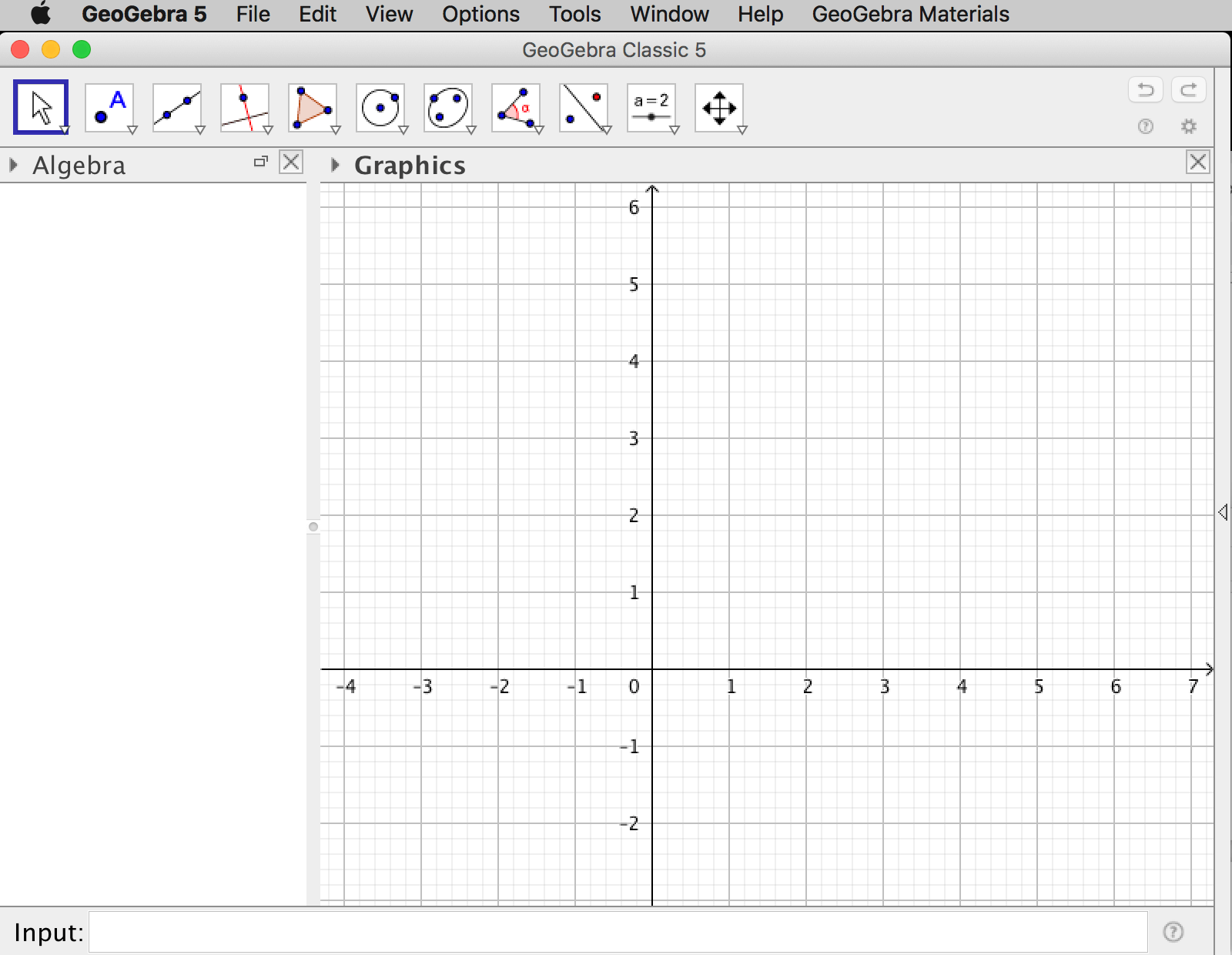

Pick any two solutions to 4 and draw the column picture, using either a pencil or drawing software. You do not have to draw anything for this part iii. Explain the relationship between the planes described by the second and third equations in 4. In the row picture, each of the equations in equation 4 represents a plane. Therefore, we have two equations in three variables and ii. Again, this gives us no useful information. Write the augmented matrix for these equations and through Gaussian elimination, bring it to reduced row echelon form. Usually, we set one of the variables equal to a real parameter. Using the solutions (1.0) and (-1,1) draw the column picture of 3. Using this, explain why there are many soutions. We can only conclude that there are infinitely many solutions that satisfy r + 2y = 1. Show that the RREF of equation 3 is (630) We therefore have 0x + Oy = 0 = 0 = 0. (a) Consider the equations: *+ 2y = 1 (3) 2r + 4y = 2 i.

Simultaneous equations with infinitely many solutions. (d) By using Gaussian elimination, find the inverse of the coefficient ma- trix in equation 1, part a.
#GEOGEBRA CLASSIC 5 RREF SOFTWARE#
you may draw the diagrams by hand or by using drawing software such as Geogebra. Similarly, using the column picture, explain why equation 2 has no solution. Using the row picture explain why the equations have no solu- tion. Display equation 2 in the row picture (i.e. Therefore, the equations have no solution. Write down the augmented matrix for 2 and show that the re- duced row echelon form is given by: 6:19) This means that Or + Oy = 1(a contradiction). (c) Now consider the system of equations: 2x+y=3 (2) 4x + 2y = 5 1
#GEOGEBRA CLASSIC 5 RREF FREE#
You may draw your diagrams in pencil or use a free graphing software such as Geogebra Classic in 3 dimensions. (b) Represent your solutions to the equations in part (a) by using the column picture as introduced in the lectures. Gaussian elimination, (a) Using Gaussian elimination, solve the following simultaneous equa- tions by first forming the augmented matrix and bringing it to re- duced rou echelon form. If XY - 6 %),, does this mean that either X or Y cquals (%) The matrix with all entries equal to zero is called the zero matrir. (d) Using the result of a problem from the previous assignment or oth- erwise, prove that (XYZ)-1 = Z-'y-x-1 (e) Consider the case in which n = 2 ie X, Y and Z are 2 x 2. that matrix multiplication is left distributive. (a) What are the dimensions of the matrices AB and AC? Under what conditions can you form the products BA and CA? (b) Prove that A(B+C) = AB + AC, i.e. Let X, Y and Z be nonsingular n x n matrices. Let A be an mx n matrix, and B and C be nxp matrices, where m, n,pe N.


 0 kommentar(er)
0 kommentar(er)
